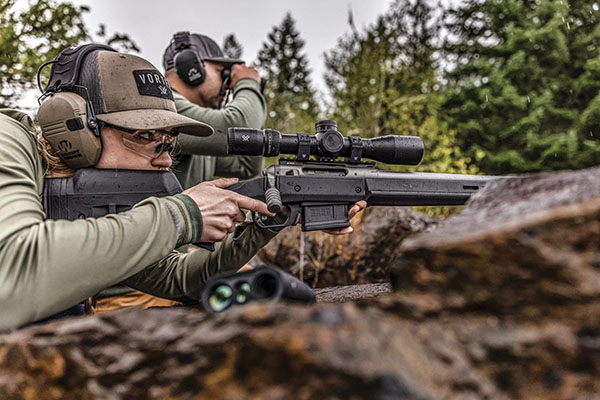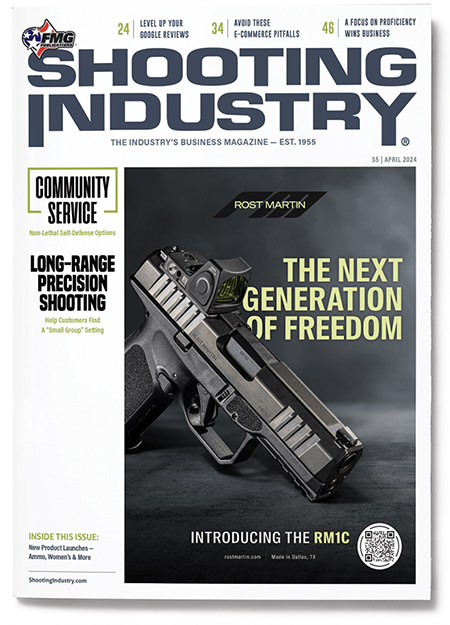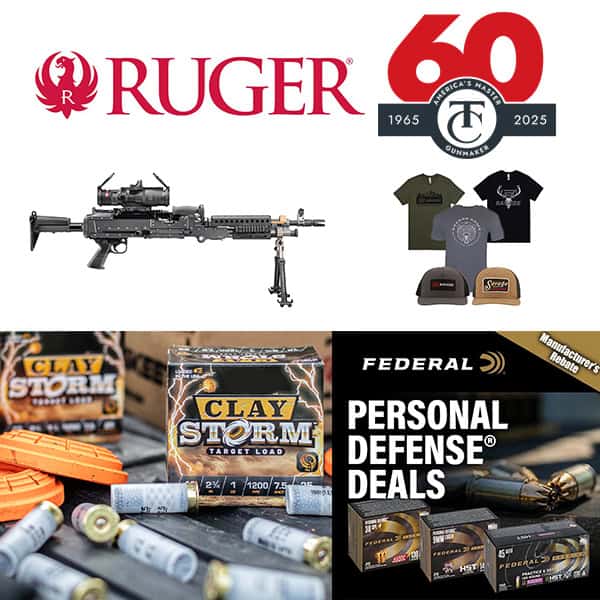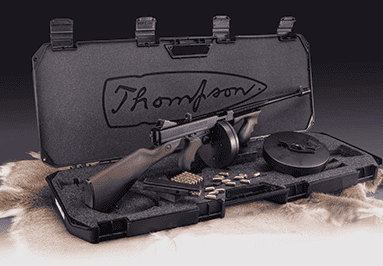Small Group Setting
Firearms, Accessories Create Sales
Opportunities In Precision Culture
Long-range target shooting is booming, and the market teems with products to help riflemen improve accuracy.
Rifles are high-performance machines, and shooters are hitting targets and ringing steel from 500 yards to a mile. It takes precise optics and other equipment to determine correct firing solutions.
Adam Morgan teaches precision shooting at Northeast Texas Tactical near Terrell, Texas. Long-range target shooting is a skill that must be developed and practiced, and you need tools to optimize your skills.
“You can get by with a stock Remington 700, a Tikka or Bergara,” Morgan said. “They’re generally precise enough to shoot out to 1,000 yards or beyond.”
However, many retail manufacturers have redefined “stock.” They offer retail-level rifles that would have been considered custom a decade ago. Standard features include rigid, adjustable composite stocks with aluminum bedding blocks; high-quality barrels; crisp, adjustable triggers; and rails to mount optics. Some, like the Ruger American Go Wild, have muzzle brakes to reduce recoil. Others are threaded for suppressors.
Because of its accuracy, the 6.5 Creedmoor is the premier precision cartridge of the age. Every major manufacturer chambers rifles in 6.5 Creedmoor, but the 6.5 PRC (Precision Rifle Cartridge) and newer members of the PRC family are gaining popularity.
Like the 6.5 Creedmoor, the 6.5 PRC is a Hornady concept. Hornady fully supports these cartridge families with premier-quality ammunition. Winchester, CZ, Mossberg, Franchi, Browning, Savage, Seekins and Ruger chamber excellent, affordable rifles in 6.5 PRC.
A new player worth watching is WATCHTOWER Firearms; its Type 10 Spec Ops rifle maximizes the potential of the AR platform. The Type 10 is chambered in .308 Win.
Jason Colosky, owner of WATCHTOWER Firearms, said the Type 10 is built to the tightest tolerances. Barrels are built to dampen harmonics and minimize accuracy-robbing oscillation cycles. The Type 10 is Cerakoted in three different colors.
“When you’re talking AR platforms, they sound like tambourines when you’re walking through the forest,” Colosky said. “Ours doesn’t. It’s surprisingly difficult to take apart because it is so tight. When you match it with a barrel that has very little whip, what you point it at — assuming your bullet dope is correct — is what you’re going to hit.”
At The Heart
The scope is the heart of the fire control system. A scope for precision distance shooting should have a 34mm tube, confirmed Morgan of Northeast Texas Tactical, because a bigger tube can hold bigger, beefier components.
“The bigger the tube size, the more room there is for springs and gears to be able to move up and down, right and left,” Morgan explained. “A 30mm tube might have a total adjustment of 60 MOA. A 34mm tube might have a 100 MOA adjustment.”
A precision reticle is designed to help a shooter compute a firing solution.
“The reticle is like the CPU in a computer or the engine in a race car,” he said. “The scope is only as capable as the reticle in it.”
Carlos Raff, field training team supervisor at Nightforce Optics, believes shooters should select an optic that matches their style of shooting, but they should prioritize a few key attributes.
“There’s a list of things people really need and a list of things that are nice to have,” Raff noted. “You really need great glass, something with really high resolution. Our ATACR 7-35×56 has a ton of magnification, but at mid-power you’re going to see it resolve like nothing else out there. It has a huge field of view and a great big exit pupil for the eye.
“The other thing you absolutely need is perfect elevation and windage adjustments and the ability to return to zero after engagements,” he added.
The tube must be strong enough to protect the internal components. These attributes enable scopes like the ATACR to sustain impact without affecting zero, Raff said.
“The body tube is the first line of defense,” he continued. “If it can’t stand hard use, it really does put everything else at risk.”
Hunters and shooters are fiercely brand loyal when it comes to scopes, he acknowledged. Excellent choices abound among brands like Leupold, Trijicon, Vortex, Leica and Bushnell.
Spotting & Ranging
A spotting scope gives real-time feedback on shot placement, but spotting scopes have inherent limitations that waste time at the range, like vulnerability to vibration and mirage.
The Longshot Hawk Spotting Scope Camera eliminates these annoyances. The Longshot clamps over a spotting scope eyepiece. The Longshot app allows the user to see the video from the camera spotting scope on a smartphone or tablet. It tracks and numbers shots. It reviews sessions, and records video and still shots.
Jason Chancey, sales representative for H&G Outdoors, contends the Longshot Hawk Spotting Scope Camera maximizes a spotting scope’s potential.
“A giant benefit is not looking through mirage to shoot distance,” he said. “You can measure your group with it. If you need to come up two minutes and a half-minute right, it will tell you in MOA and mils. It is a very useful tool. And it’s so clear; it’s like standing right beside the target.”
For multiple shooters, it distinguishes shots by color. Also, the Longshot transmits clear pictures of targets as far as two miles away.
“I have not personally shot one at two miles, but it is guaranteed from 0′ to two miles,” Chancey said.
Determining a firing solution also requires knowing the exact distance of your target. Modern rangefinders are more precise than ever.
“It wasn’t long ago rangefinders might say they had plus or minus 3% accuracy at 1,000 yards,” Morgan recalled. “That’s 30 yards and a 60-yard window — wildly unacceptable for precision shooting.”
He prefers the SIG SAUER Kilo 8K, which has an internal plot ballistics feature and weather meter integrated into the unit. An external wind meter records wind speed and direction.
Its maximum reflective range is 8,000 yards, but it will range a deer out to 2,500 yards. SIG’s 10K binoculars have the same features in a binocular package. Leupold, Nikon, Vortex, Burris and Bushnell also make excellent rangefinders.
Velocity & Stability
Knowing your bullet speed is also crucial to plotting a firing solution, which requires an accurate chronograph. Modern Doppler radar chronographs rule the precision world, with Garmin’s Xero series setting the standard. Magneto Speed is a popular brand that attaches to barrels. They’re compact units without screens or cords. They set up quickly and are ready to use in seconds.
Finally, you need a solid rest to hold your rifle steady and keep it on target. Caldwell, the most prominent brand for shooting rests, makes a variety of affordable styles, but there is a high demand for more specialized designs.
“You can easily spend $1,000 on a bipod,” Morgan said. “At the bare minimum, you need a bipod that at least pivots left to right. The worst thing you can get is a fixed bipod with no pivot.”
Morgan said another necessity is a squeeze bag to support the rear of the rifle.
“The old 100-yard rifle rests seen at every sporting goods store are not really suited for this type of shooting,” he explained. “You need more flexibility. You don’t have to reach up and adjust bipods every time you change targets. You just squeeze it to get the aim point you need.”
In locales with avid target-shooting communities, providing the necessary tools can make savvy retailers a hit among a clientele willing to spend big to hit small targets.






